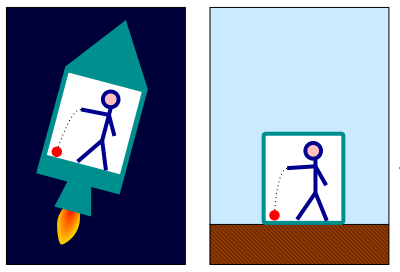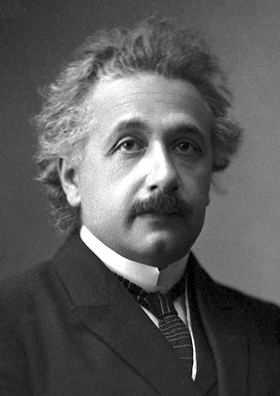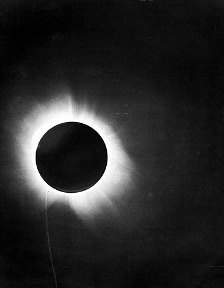 This picture shows one of Einstein's thought experiments
This picture shows one of Einstein's thought experiments
where he compares a ball falling to the floor in an accelerating rocket
(left) and one on Earth (right).
The effect is identical in both situations. Source: Markus Poessel (Mapos), CC BY-SA 3.0,
https://commons.wikimedia.org/w/index.php?curid=4381205


